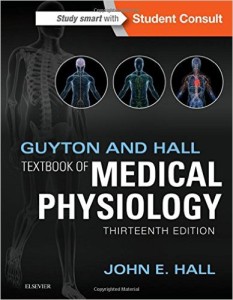Without even noticing, you just realize how much you’ve gained weight for the past few years. Your dear friend invited you to attend a beach party and yet no swim wear ever fits you. To add, you seem to look like an inverted muffin with those unsightly belly fats. And so you feel anxious to start with the best weight loss program to solve your issue. Somehow, you desperately hope to lose weight fast. But sorry dear brothers and sisters, losing weight takes time. Have you ever imagined how much time did it take for your body to develop those excessive fats? In the same manner, losing weight could take as much time depending on various factors such as genetics, age, sex and your attitude towards health. For lower back pains due to being overweight, try looking into inversion table reviews to see whats best for you while you improve your diet.
Going Back to Basic Anatomy and Physiology
 There are hundreds of weight loss regimens out there. What is important is you understand the basic physiological functions that largely affect weight loss or weight gain. Did you ever ask how your food is converted to fat? Have you ever met someone who really eat a lot yet do not get as much body fat? Human beings need food to survive. Our body functions are often dependent with the energy we get from the food we eat. Vitamins, minerals and other essential elements come from food. Let’s take a closer look on what really happens.
There are hundreds of weight loss regimens out there. What is important is you understand the basic physiological functions that largely affect weight loss or weight gain. Did you ever ask how your food is converted to fat? Have you ever met someone who really eat a lot yet do not get as much body fat? Human beings need food to survive. Our body functions are often dependent with the energy we get from the food we eat. Vitamins, minerals and other essential elements come from food. Let’s take a closer look on what really happens.
Breaking Down of Food
Food processing begins in the mouth as we take in food. Saliva contains essential enzymes that aids in breaking the starch content of food to sugar. As one swallows, the food enters into the duodenum. Another enzyme called pepsin further digest protein. Natural acids in the stomach work to aid this digestive process as well. Pancreatic enzymes also break down fat, protein and sugar to its simplest form to allow easy absorption.
Sugar, Protein and Fat
So now, what are mostly left are sugar, fat and protein. Sugar in the form of glucose goes into the blood stream through the circulatory system to different body organs and cells. As discuss, sugar gives life to cell because it is the main source of energy. Some of the unused sugar is stored in the liver. All that is left is then converted to fat cells.
How about fat then? Like the sugar, fat also travels into the bloodstream and into the liver. The latter burns and convert it into cholesterol. For your information, there are two types of cholesterol. The high density lipoprotein (HDL) or the good cholesterol and the other one is the low density lipoprotein or the (LDL). Excess fats are stored until such time they are required by the body.
Then, what happens to protein? Proteins are broken down to peptides then later form amino acids. Likewise, any unused protein will be then converted to body fat. Come to think of it. If we eat in excess more than our body requires, then definitely we will get as much stored fats even if we do not want to. So, now you know that you do not just get rid of carbohydrates but also protein and fats. Simple as it is. The concept goes like this. Do not take in food more than the body requires.